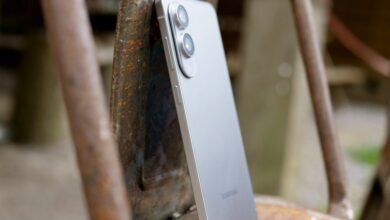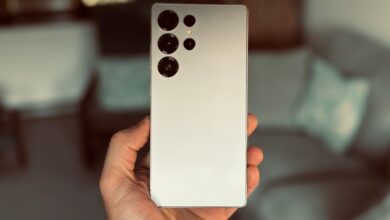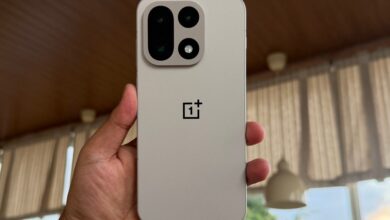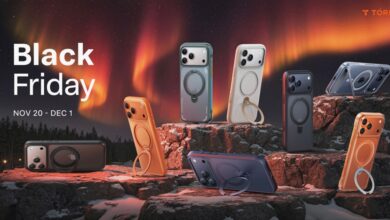Flip Foldables Hit a Design Wall and Are Losing Their Appeal
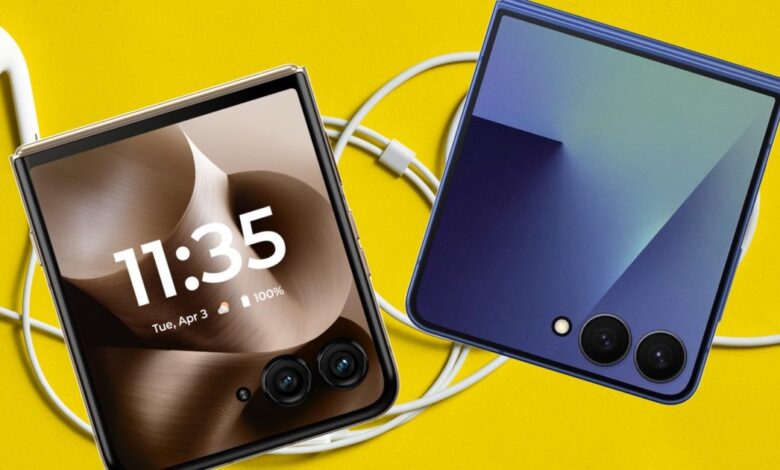
The Evolution of Foldable Phones: A Look Back
When foldable smartphones first made their debut, Samsung faced significant challenges with durability. It took the company several iterations to address the basic issues related to hinges and displays. By the time they perfected their design, most other smartphone manufacturers had already introduced their own foldable models—except for Apple.
As designs improved and clamshell-style foldables entered the market, prices began to drop while hardware quality continued to enhance. However, Samsung soon encountered a design plateau—a familiar issue that still affects Galaxy phone users today. Motorola's experiance in the U.S. market was not much different as it also struggled with its foldable offerings.
Leaked designs: What’s Coming Next?
Recently,leaked images of Samsung's upcoming foldable devices—the Galaxy Z Fold 7 and a more affordable FE variant—surfaced online. The FE model closely resembles the current galaxy Z Flip 6, while the Z Fold 7 seems poised to compete directly with Motorola’s Razr series, including models like Razr 60 Ultra or Razr 50 series.
A glance at these images reveals striking similarities between Samsung and Motorola's phones both inside and out. The main distinction lies in motorola’s penchant for unique branding on its rear shell; this year featured materials like Alcantara and wood finishes. In contrast, Samsung has stuck primarily with glass and metal designs that match in color with their metallic side frames.
The Quest for Distinction
If you want your device to stand out from others in this category, your best bet is choosing one of Samsung's exclusive colors available only through its website—though even then it may not be enough to set you apart significantly.
Both brands aim to maximize cover display real estate—a crucial aspect of modern smartphone design. After numerous attempts over time, they have settled on a similar approach: an edge-to-edge screen featuring floating camera lenses alongside an LED flash module.
The resemblance is so pronounced that without careful inspection of rounded corners or edges, distinguishing between a Motorola Razr and a Galaxy Z Flip could prove challenging later this year. The inner displays are equally hard to differentiate since many slab phones now share similar aesthetics across various brands—including those from both Samsung and Motorola.
A Question Worth Pondering
This brings us back to an crucial question: does all this make sense? The answer largely depends on how effectively you can utilize just the cover screen alone for tasks at hand. Smartphone makers continuously strive for bragging rights by promoting how advanced their external displays are becoming; “the largest external display” is what Motorola boasts about on its site.
Soon enough, Samsung will join this competition as it unveils features atop its Galaxy Z Flip 7 model which follows suit by adopting thinner bezels along with less rounded corners—what they term relentless innovation aimed at achieving hardware excellence!
The Practicality Challenge
But let’s consider how much difference ther really is when transitioning from a 3.4-inch OLED panel up to a slightly larger 4-inch version? For me personally—not much! Sure it's fine for checking messages or navigating apps but typing long texts feels cramped unless your thumbs happen to be quite nimble!
Tackling Scaling Issues
A major hurdle remains scaling applications properly across these screens—even if running them landscape mode looks better than before! Social media apps can feel especially awkward due mainly because vertical videos don’t translate well onto smaller formats either way around! Is there any solution? Not really since consumers generally prefer bigger screens irrespective if they’re fully optimized yet!
an Alternative Approach
This pursuit leads every brand towards achieving polished edge-to-edge appearances—but interestingly enough oppo recently launched flip phones featuring traditional candybar-style secondary displays located conveniently on back sides instead! This felt natural during interactions making app usage smoother overall too!
Huawei followed suit similarly via Pura X while Vivo X Flip did likewise showcasing playful identities within designs themselves rather than solely focusing upon functionality alone—which might not appeal universally especially among those who prioritize practicality above aesthetics altogether!
No matter what though clamshell-style folding devices seem destined toward resembling each other moving forward into future releases ahead… But here’s some good news: If standout looks aren’t high priority then rest assured these gadgets continue growing stronger & sturdier—and sometimes even cheaper too!
And don't forget! NoveByte might earn a little pocket change when you click on our links helping us keep this delightful journalism rollercoaster free for all! These links don’t sway our editorial judgment so you can trust us if you're feeling generous support us here.

